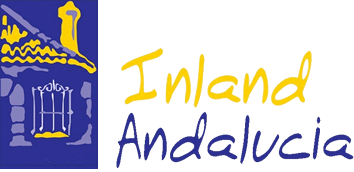Culturally, Spain is not a country but a continent.
You might reach middle age before you can join just all the dance and music styles. And to not even start about all the languages or highlights in literature and paintings.
In a previous post we talked about Flamenco. Now time for the Paso Doble!
What is 'the Paso'? Experience a great example:
You might reach middle age before you can join just all the dance and music styles. And to not even start about all the languages or highlights in literature and paintings.
In a previous post we talked about Flamenco. Now time for the Paso Doble!
What is 'the Paso'? Experience a great example:
Isn't Paso Doble part of Flamenco?
No, they are 2 very distinct expressions that only share their 'Spanishness'.
Flamenco is not a dance, but an art form that encompasses music, dance and poetry in one very visual package. Creating something greater than the mere sum of all ingredients, it has been called the most perfect art form.
The Paso Doble is (only) a dance, modelled after the drama, feel, sound and movement of the Spanish and Portuguese bullfight. As beautiful as it can be, it can be summarized in one page (for Flamenco you would need a blog in itself).
From the 16th century to the endeared nickname of 'the step'
'Paso' being the Spanish word for step - and thus, yes, Paso Doble just meaning double step. But why make it difficult if Ballroom dancers just call it 'the paso'?
Originally the expression 'paso doble' was only used for a binary rhythm and movement, probably based on typical Spanish dances of the 16th century.
Over time, this rhythm slipped into comedies and then, in the 18th century, got adopted as a regulatory step for the Spanish infantry.
Next thing you know the music is introduced in the bullfights of the 19th century: it is highly suitable for the bullfighters' entrance to the ring (paseo).
As a dance for couples though, it was created in France, at a time that Spain stood for everything that was exotic and romantic (remember the opera Carmen, or Don Juan) - and then adopted again in Spain and Portugal.
Famous bullfighters have been honoured with Paso Doble tunes named after them.
Unfortunately, Venezuela is the only country where it's danced socially.
In Spain only by couples who trained beforehand and stick to a previously learned routine.
In any other situation it's only danced competitively, for its inherently choreographed tradition.
In competitive Ballroom dancing, it's combined with 4 other dances (Samba, Cha Cha, Rumba and Jive) under the banner of International Latin.
Where can you learn the Paso Doble?
All over YouTube! Together with half the population of China.
Have fun!
www.inlandandalucia.com


This was one of the most impressive dances that I never saw before. I reallylike how they dance paso- with heart an soul!
ReplyDelete